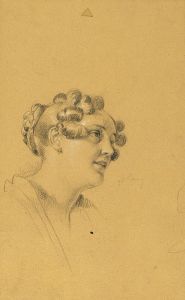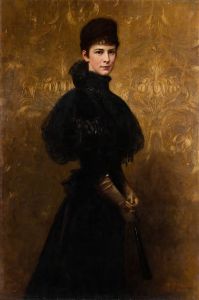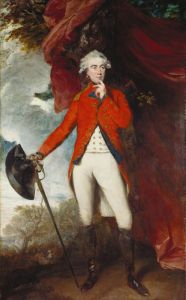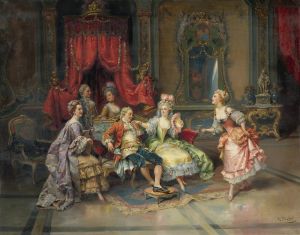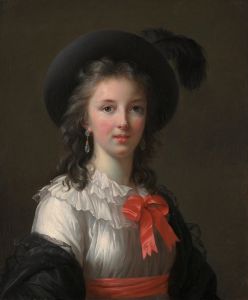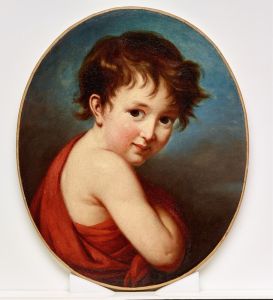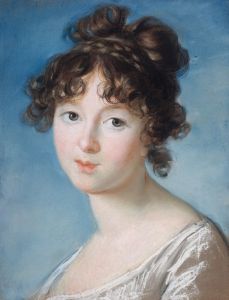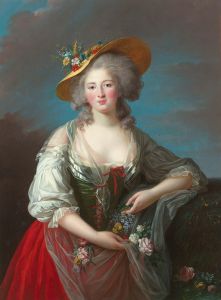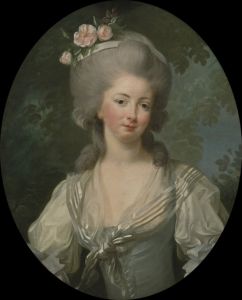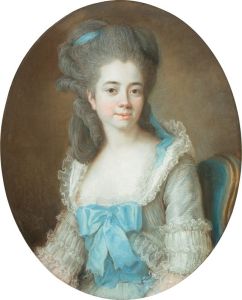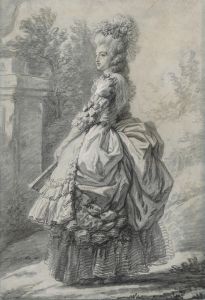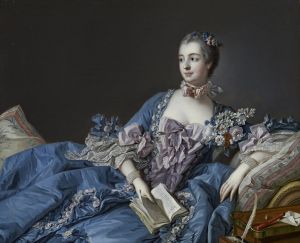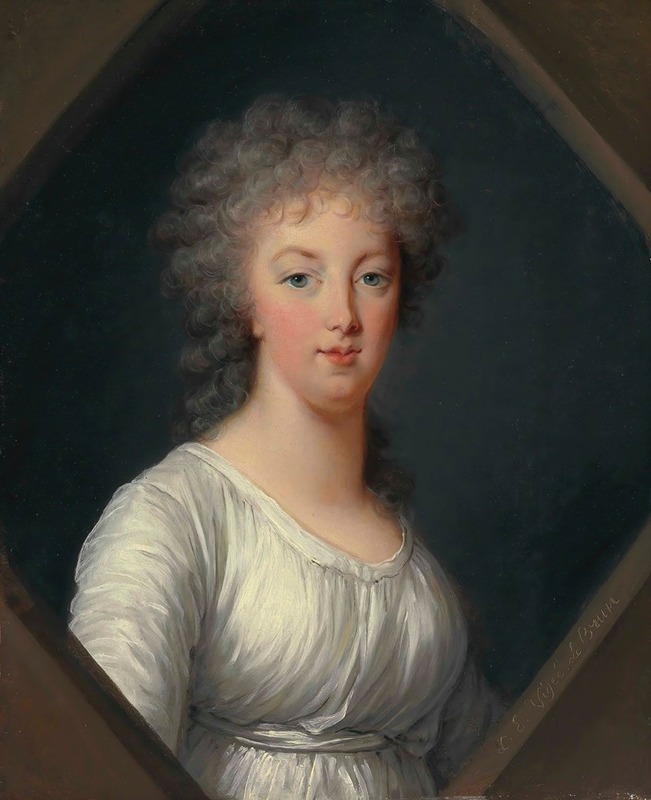
Portrait of Marie Antoinette
A hand-painted replica of Elisabeth Louise Vigée Le Brun’s masterpiece Portrait of Marie Antoinette, meticulously crafted by professional artists to capture the true essence of the original. Each piece is created with museum-quality canvas and rare mineral pigments, carefully painted by experienced artists with delicate brushstrokes and rich, layered colors to perfectly recreate the texture of the original artwork. Unlike machine-printed reproductions, this hand-painted version brings the painting to life, infused with the artist’s emotions and skill in every stroke. Whether for personal collection or home decoration, it instantly elevates the artistic atmosphere of any space.
The Portrait of Marie Antoinette is a painting created by the renowned French artist Élisabeth Louise Vigée Le Brun in 1783. Vigée Le Brun was one of the most prominent portrait painters of her time and served as the official portraitist to Queen Marie Antoinette of France. This particular work is one of many portraits Vigée Le Brun painted of the queen, reflecting her close professional relationship with the monarch.
The painting depicts Marie Antoinette, the Queen of France and wife of King Louis XVI, in a formal yet approachable manner. She is shown seated, wearing an elegant white gown with a blue sash, adorned with lace and ribbons. Her attire is complemented by a large, feathered hat, a popular fashion accessory of the time. The queen’s pose and expression convey a sense of grace and dignity, aligning with the conventions of royal portraiture in the late 18th century. Vigée Le Brun’s skillful use of light and color highlights the queen’s features and the luxurious textures of her clothing, emphasizing her status and refinement.
This portrait was painted during a period when Marie Antoinette faced increasing public scrutiny and criticism. As queen, she was often accused of extravagance and detachment from the struggles of the French people, which contributed to her unpopularity. Vigée Le Brun’s portraits of Marie Antoinette, including this one, were part of an effort to improve the queen’s public image by portraying her as a graceful and virtuous figure. However, these attempts were largely unsuccessful in countering the negative perceptions of her among the French populace.
The Portrait of Marie Antoinette is notable not only for its artistic quality but also for its historical significance. It serves as a visual document of the queen’s appearance and the fashion of the French court in the years leading up to the French Revolution. The painting also reflects the close collaboration between Vigée Le Brun and Marie Antoinette, as well as the broader role of art in shaping public perceptions of monarchy during this turbulent period in French history.
Today, this portrait is recognized as an important example of Vigée Le Brun’s work and a key representation of Marie Antoinette’s image. It is housed in the Kunsthistorisches Museum in Vienna, Austria, where it remains a significant piece of 18th-century European art.





